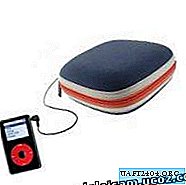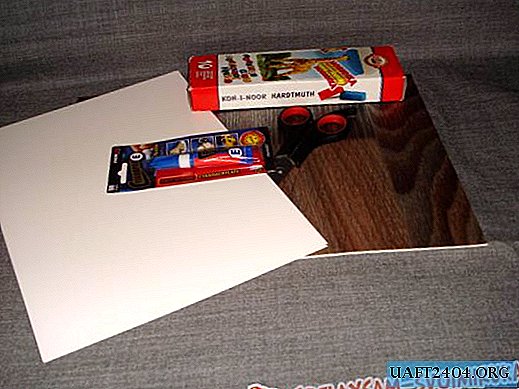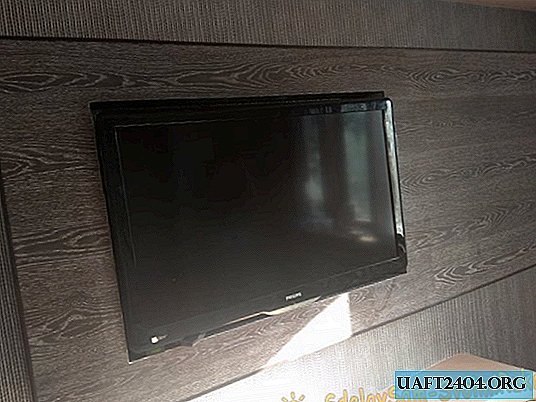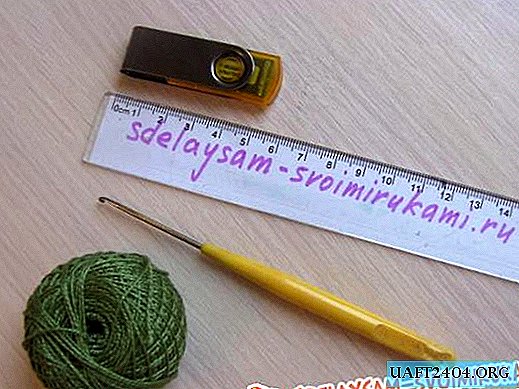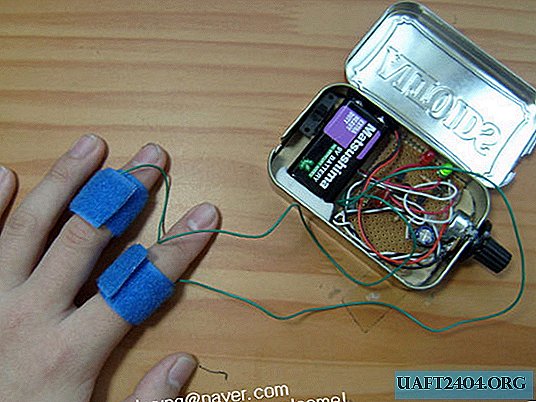Share
Pin
Tweet
Send
Share
Send
Thermal energy can be obtained by rotating one part while the other is stationary, or rotating in the opposite direction. Moreover, the parts must simultaneously be pressed against each other with a constant or increasing force from beginning to end. The process ends with a draft and a quick stop of the rotating part.

In comparison with, say, butt welding, a friction-based process has a number of operational advantages:
- much reduced energy costs;
- the welded joint is always reliable, because it depends only on the thermophysical characteristics of the welded products;
- special preparation of the joint to be joined is not necessary, since scale, rust, grease and grease burn out or are squeezed out into grata at the beginning of the process;
- even the violation of the parallelism of the workpieces up to angles of 6 ± 1 degrees does not affect the quality of the connection;
- the absence of negative factors in the form of ultraviolet radiation and harmful gas emissions;
- simplicity of technological equipment, easily amenable to routine maintenance, mechanization and automation.
The process of friction welding on a lathe
Steel bar welding

In the chuck and headstock of the machine we clamp on a metal bar, the diameter of which should be more than 3.5 mm, but less than 200 mm. They can be both steel, aluminum, copper, bronze or from different metals:
- steel and aluminum;
- steel and copper;
- aluminum and bronze etc.

Combinations of materials can be very different, not even weldable in the usual way. For friction welding in this regard, there are no restrictions.
In our case, we fix the bar in the headstock with the help of three bolts screwed into the holes of the cartridge, evenly spaced around the circumference through 120 degrees. With their help, we carry out alignment relative to the rod clamped in the cartridge by tightening or loosening one or another bolt.
We bring the headstock up to the end of the bars end-to-end and fix it or hold it with our hand in order to increase the clamping force during the welding process, which is required by the technology of this welding method.
We turn on the machine, as a result of which the rod clamped in the machine chuck starts to rotate. In our case, the rod fixed in the headstock is fixed, but in principle it can rotate in the opposite direction, which would reduce the process time.

Soon we will see discoloration colors that began at the contact point of the rods and propagate along them in opposite directions, which is a direct sign of rapid heating of the metal as a result of friction.

After a short time, the metal in the contact zone will light up brightly and begin to extrude in the form of an annular formation beyond the limits of the dimensions of the rods. In this ring there will also be a burr: scale, unburnt lubricant, solid non-metallic inclusions, etc.
At the moment of the brightest glow of the contact point, the machine must be turned off abruptly in order for the metal to set on two rods. Moreover, if the headstock was not fixed, it is necessary to gradually increase the pressure on it in order to compensate for the volume of the displaced metal in the contact zone and to obtain a stronger and better connection.

After waiting for the luminescence to cease (and this is a sign of complete seizure of the metal), you can loosen the mounting bolts and remove the headstock. Now it remains only to check the quality of friction welding.
To do this, turn on the machine again and find a slight beating of the welded rod - a consequence of inaccurate alignment when installing at the beginning. This defect is eliminated by turning along with the removal of extruded burr in the contact zone.


A deeper groove of the metal indicates that no features are visible in the weld zone of the two rods. It seems that this is not the place of contact of the two rods, but the body of one of them.

We carry out the following quality control of friction welding. We clamp the rods connected in this way into a vice and use the grinder disc in the contact area to carry out the “shelf”, and again we are convinced of the uniformity of the metal, which also indicates the quality of welding.

Bolt connection

Friction welding can be used to connect mass production bolts with heads. The process is no different from the process with rods: one bolt is clamped into the machine chuck, the other - the headstock.

Using the latter, the bolts are brought into contact by the heads, and the machine starts. It is also necessary to increase the clamping force and seize the welding moment in order to turn off the drive in time.

Friction welding can combine materials that other types are difficult to weld or not weld at all: steel and aluminum, austenitic steels and pearlitic. With its help, plastic blanks are also easily connected.

The calculations and the practice of using the friction compound demonstrate that this method is better suited for workpieces whose diameter lies in the range of 6-100 mm. Welding rods with a diameter of more than 200 mm is economically unprofitable, since the process will require large power (0.5 thousand kW) and axial force (3 × 106 N). It will not work in this way to connect rods having a diameter of less than 3.5 mm due to the need to ensure high revolutions (200 rpm) and the difficulty of determining the moment the drive is turned off.
Share
Pin
Tweet
Send
Share
Send


